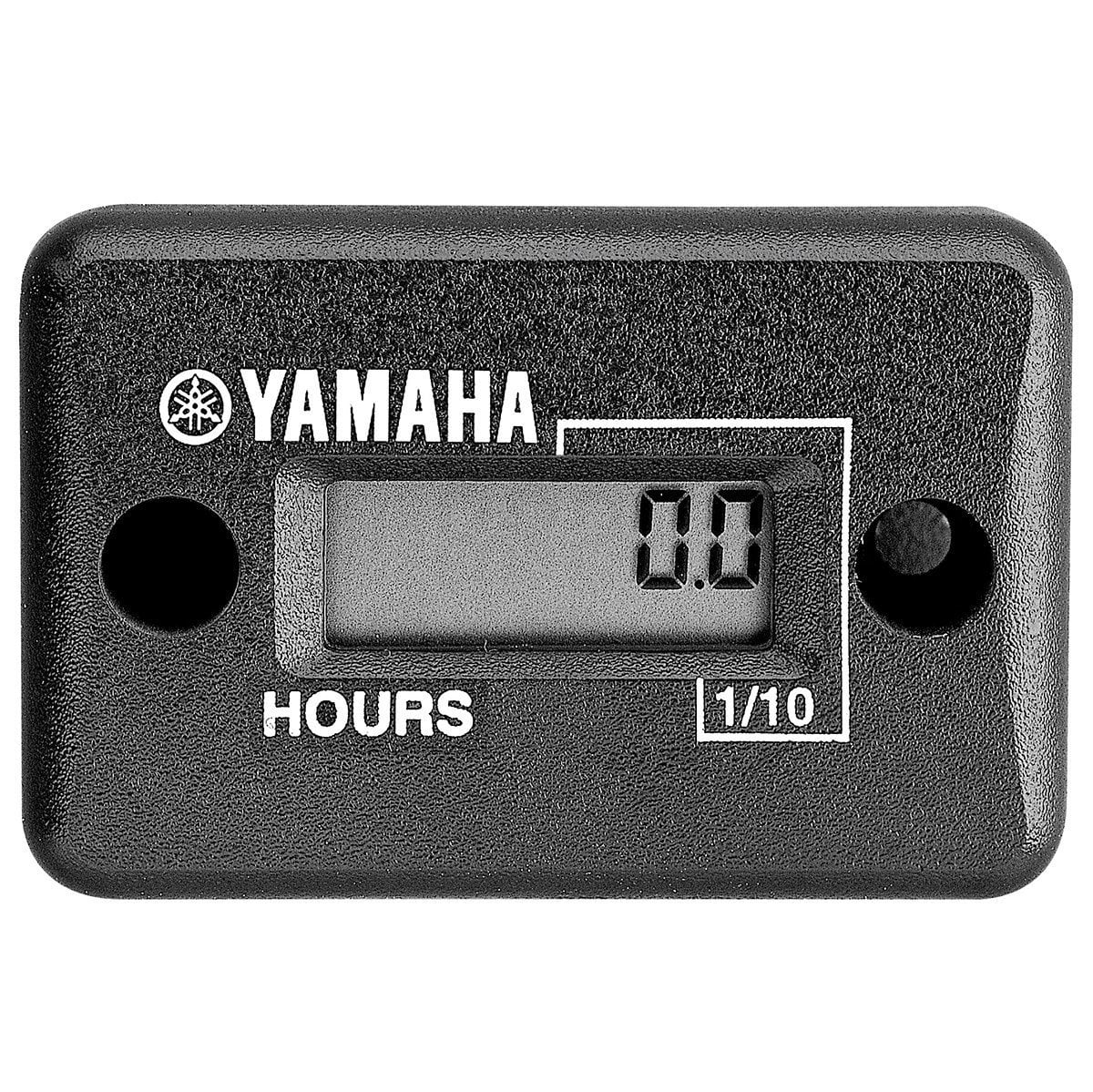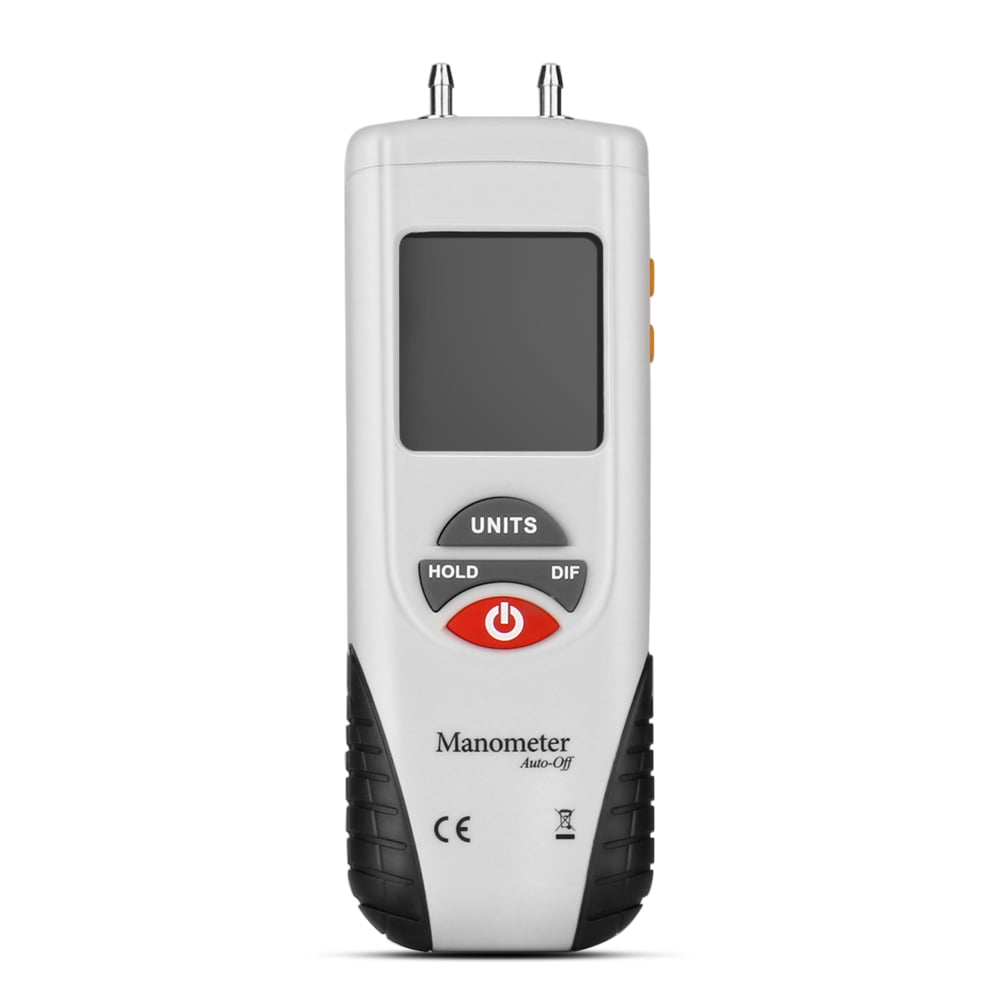


Step 6 – Route each applications audio to the correct input.Make sure that you have A1 selected under every input except for your mic, which will be sent to B2, and you should be able to hear all your devices now. If you have speakers or anything else that plays audio you can select it here under A2 through A5. Click A1 and select your headphones, now every input that has A1 selected under it will output to your headphones. Near the top right of the app, you will see “Hardware Out” and A1 through A5.
MEETER FOR ZOOM HOW TO
Step 5 – Select Hardware Outputs How to Use Voicemeeter 12.Lastly, rename Virtual Input 3 to Music, this is where we will send apps like Spotify, Chrome, and other sources that you can use for music. Virtual Input 2 we’ll rename to Communication, this is where we told Windows to send all our communication traffic, so Discord, Zoom, Skype, and even most in-game chat will get sent here automatically.
MEETER FOR ZOOM PC
Right click virtual input 1 and name this PC Audio, this is where windows will send all its sound by default (the one we set up earlier in the sound control panel). Next, we’ll deal with the virtual audio inputs.
MEETER FOR ZOOM DRIVERS
So right-click Hardware Input 1 and name it Microphone, then left-click and select your microphone from the list, I would suggest sticking with WDM as these are the drivers with the lowest latency for Windows.ĭo the same for Hardware Input 2 but select the virtual audio cable. Under the Hardware input section, you can right click to rename each input and left click to select what device you want routed there. Step 3 – Assign Hardware Inputs How to Use Voicemeeter 10.The far right is where the audio outputs are, the top section is the hardware outputs such as headphones or speakers and the bottom is the master output section where we can send all our inputs to. The center section is the virtual audio inputs, here we’ll route our pc audio, communications audio, and music.

This section is where we’ll set up any hardware devices that we have as well as the virtual audio cable that we downloaded. The UI is divided into sections, the far left is Hardware Inputs. Now we can open VoiceMeeter Potato and look at some of its features. Now Windows knows where to send it’s default desktop audio and where the communications audio should be sent, we can close this window. Right-click the VoiceMeeter Output and select “Set as Default Device” and right-click the VoiceMeeter Aux Output and select “Set as Default Communication Device”. We’ll head over to the Recording tab and do the same.

Once they’re downloaded and installed, restart your computer and let’s get them setup! report this ad
MEETER FOR ZOOM INSTALL
You will also need to download and install the Virtual Audio Cable software to have an extra option to route more of your audio. You can download VoiceMeeter Potato from Here. Welcome To Stream Scheme! How to Use Voicemeeter 7 How to Set Up Voicemeeter


 0 kommentar(er)
0 kommentar(er)
